Asteroid Triton: A Comprehensive Analysis

Introduction
Welcome to this comprehensive analysis of Asteroid Triton. In this article, we will delve deep into the mythology, history, and cultural significance of Triton, a fascinating celestial object that has captivated scientists and astronomers for centuries.
The Discovery of Triton
![Asteroid Triton Orbiting an Earthlike Planet: An Astonishing Expedition Discover the breathtaking view of asteroid Triton orbiting a planet with earth-like terrain, inspired by photographic references of the mesmerizing [insert name of planet]](/wp-content/uploads/triton-orbit-earthlike-planet-285_2.webp)
Triton's Classification
Triton was first discovered on October 10, 1846, by British astronomer William Lassell. It is classified as a "Neptune Trojan" asteroid, meaning it shares its orbit with the planet Neptune. This makes Triton a unique and intriguing object in our solar system.
Triton's Physical Characteristics
Triton has a diameter of approximately 270 kilometers and is composed mainly of rocky materials and ice. Its surface is covered in craters, valleys, and ridges, indicating a dynamic geological history. Scientists believe that Triton might have a subsurface ocean, which could potentially harbor life.
Triton's Orbit and Relationship with Neptune
Triton follows a highly elliptical orbit around Neptune, with a period of about 5.88 Earth days. Its orbit is unique among asteroids as it is retrograde, meaning it orbits in the opposite direction of Neptune's rotation. This suggests that Triton might be a captured Kuiper Belt object that was gravitationally captured by Neptune's immense gravitational pull.
Triton in Mythology and Ancient Beliefs

Triton in Greek Mythology
In Greek mythology, Triton was a sea god and the son of Poseidon. He was often depicted as a merman, with the upper body of a human and the tail of a fish. Triton was known for blowing a conch shell to calm or stir up the seas and was considered a messenger of the sea gods.
Triton's Cultural Significance
Triton's association with the sea and water has made it a symbol of power, transformation, and the unknown. In various cultures around the world, Triton represents the ever-changing nature of life and the mysteries that lie beneath the surface.
Triton in Modern Discoveries
Modern astronomical research has provided valuable insights into Triton's composition, origin, and potential for supporting life. Scientists have conducted spectral analysis of Triton's surface, revealing the presence of nitrogen ice and organic compounds. These discoveries hint at the possibility of complex chemical processes and the potential for astrobiological exploration in the future.
Exploration and Future Missions
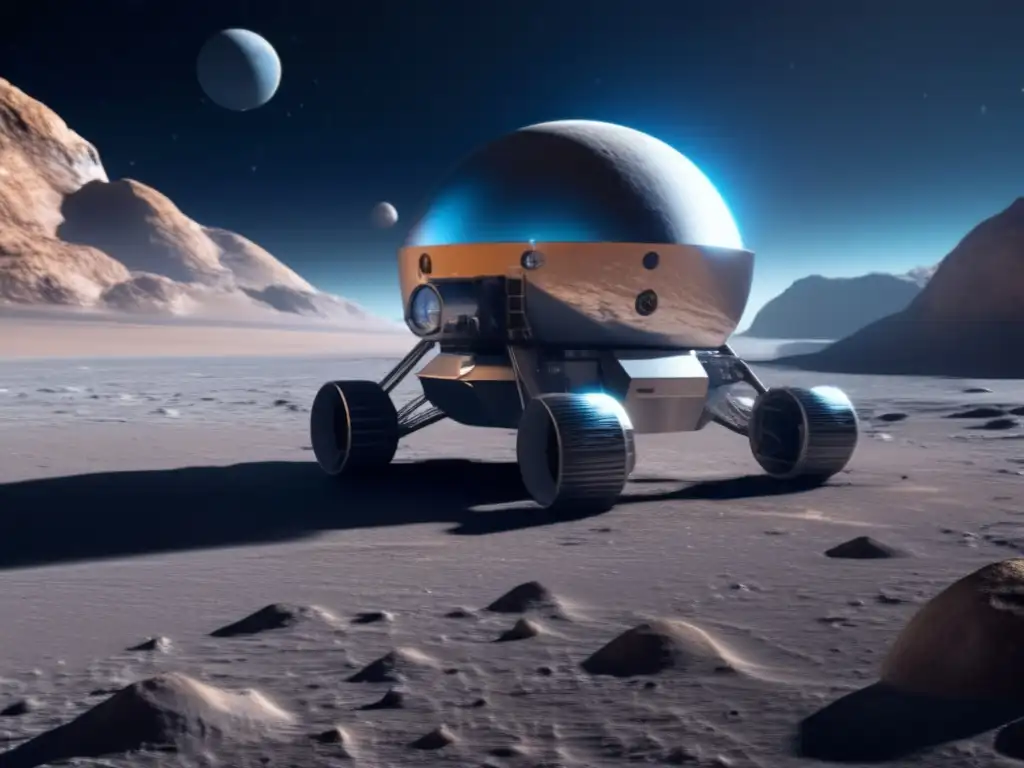
Past Missions to Triton
Despite Triton's fascinating characteristics, no dedicated missions have been sent to study it yet. However, the Voyager 2 spacecraft provided valuable data during its flyby of Neptune in 1989, capturing images and collecting information about Triton's surface and atmosphere.
Future Missions and Prospects
There are ongoing discussions and proposals for future missions to Triton. These missions aim to explore its geological features, analyze its subsurface ocean, and search for signs of past or present life. The potential for such missions holds great promise for expanding our understanding of the solar system and the possibilities for extraterrestrial life.
Collaborative Efforts and International Cooperation
Exploring Triton and asteroids like it requires international collaboration and shared resources. In recent years, space agencies and organizations from around the world have been working together to plan joint missions and pool their expertise. This collaborative approach ensures that the exploration of Triton is a global effort, benefiting from diverse perspectives and resources.
Frequently Asked Questions
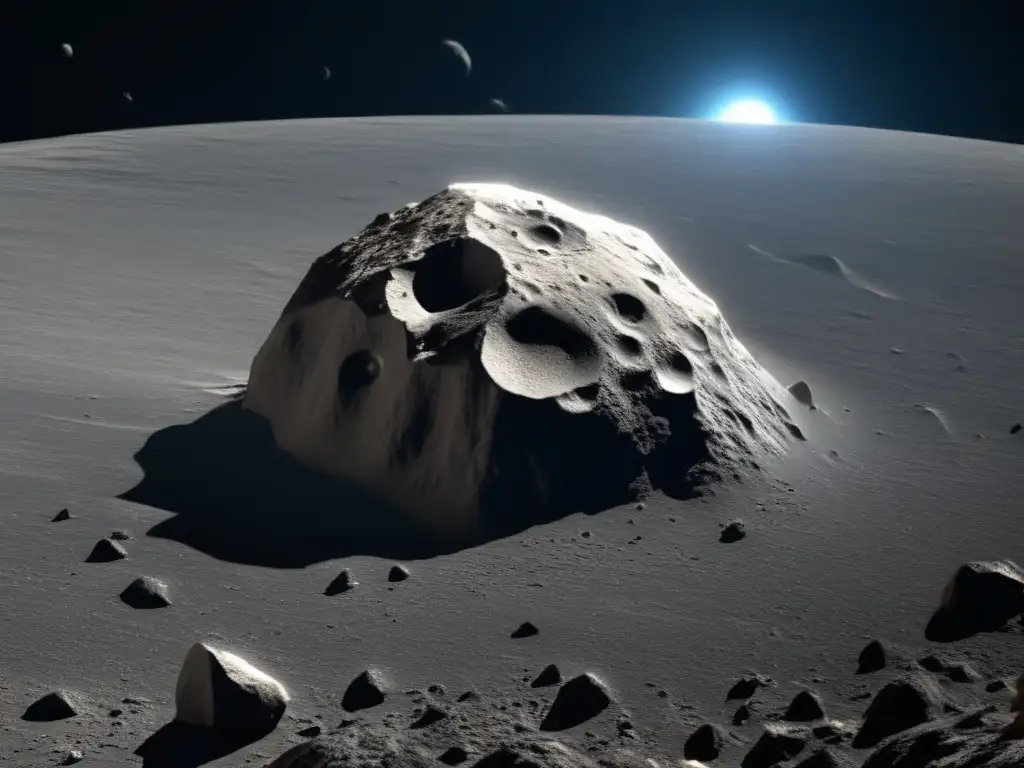
-
What is Triton's diameter?
Triton has a diameter of approximately 270 kilometers.
-
What is Triton's orbit like?
Triton has a highly elliptical and retrograde orbit around Neptune.
-
Is there a chance of finding life on Triton?
Scientists believe there might be a subsurface ocean on Triton, which raises the possibility of finding life, but further exploration is needed.
-
Are there any planned missions to study Triton?
There are discussions and proposals for future missions to Triton, but no dedicated missions have been sent yet.
-
What is Triton's cultural significance?
Triton represents power, transformation, and the mysteries of the sea in various cultures around the world.
Conclusion
Asteroid Triton is a captivating celestial object that holds immense scientific, mythological, and cultural significance. Its unique characteristics and potential for harboring life make it a subject of great interest to astronomers and researchers. The exploration and study of Triton will continue to unlock the secrets of our solar system and broaden our understanding of the universe.
We encourage you to share your thoughts and comments below. Feel free to subscribe to our website, Asteroid Realm, for more fascinating articles and updates on asteroids and celestial objects. Thank you for your time and attention.
Additional Resources
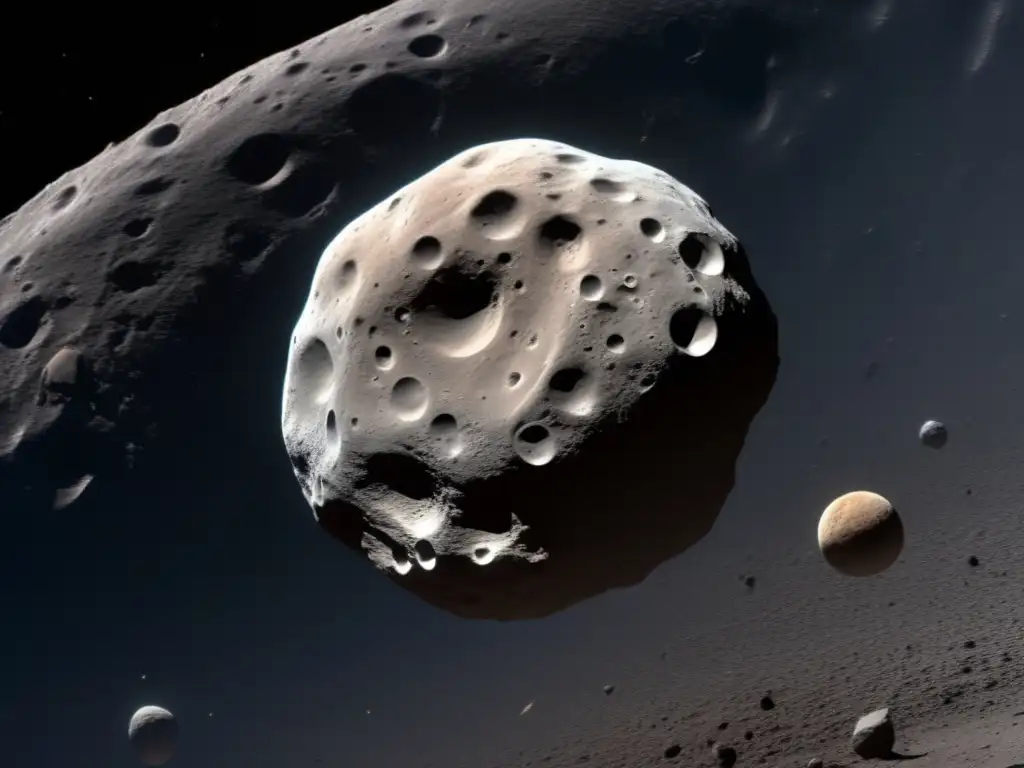
For further information and resources on Asteroid Triton and related topics, please visit the following websites:
- NASA - National Aeronautics and Space Administration
- ESA - European Space Agency
- IAU - International Astronomical Union
- Space.com
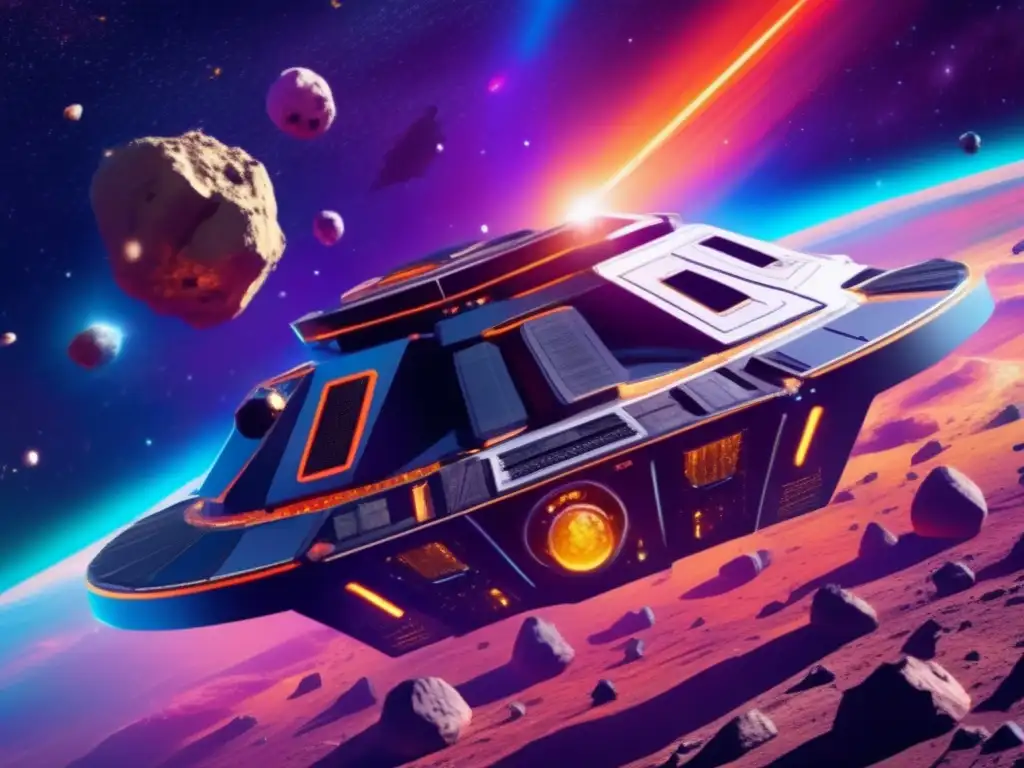 The Unique Characteristics Of Asteroid Phorcys
The Unique Characteristics Of Asteroid Phorcys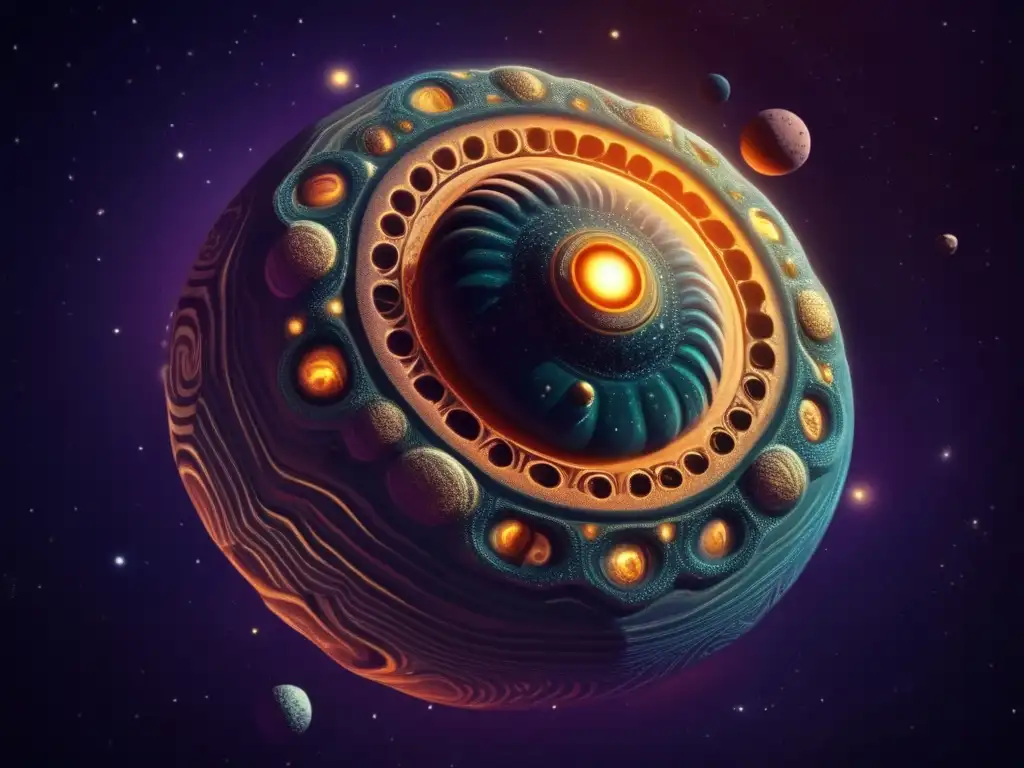 A Closer Look At The Asteroid Gorgon
A Closer Look At The Asteroid Gorgon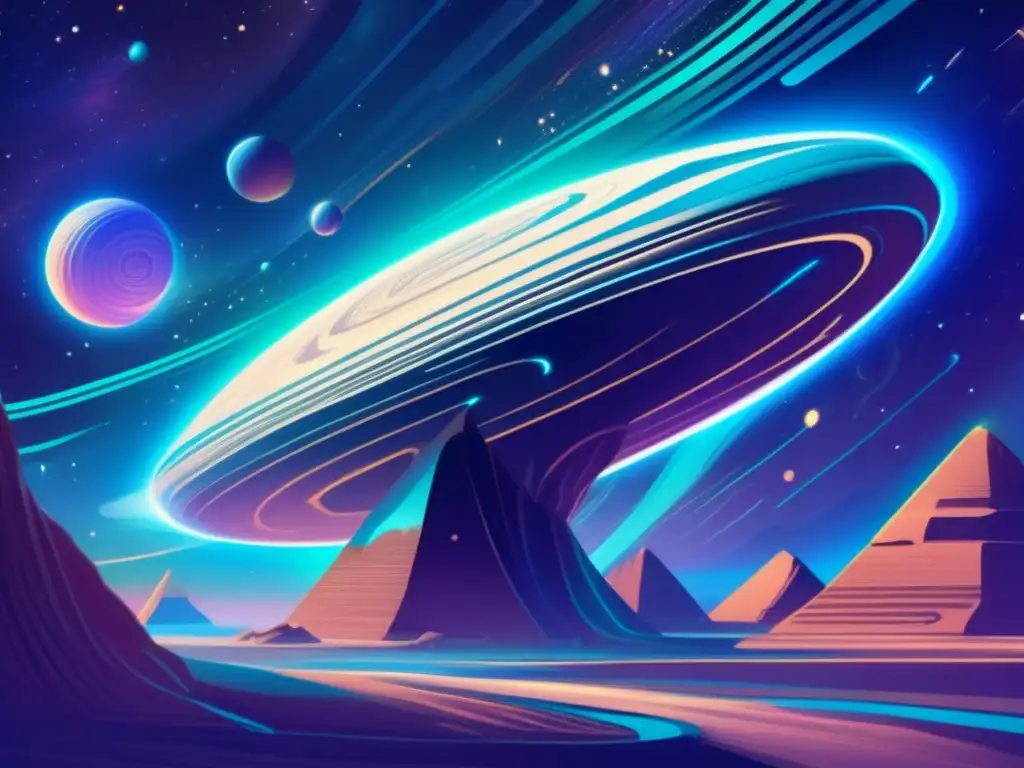 Unraveling The Mysteries Of Asteroid Sphinx
Unraveling The Mysteries Of Asteroid SphinxIf you want to discover more articles similar to Asteroid Triton: A Comprehensive Analysis, you can visit the Asteroid Profiles category.
Leave a Reply

Articulos relacionados: